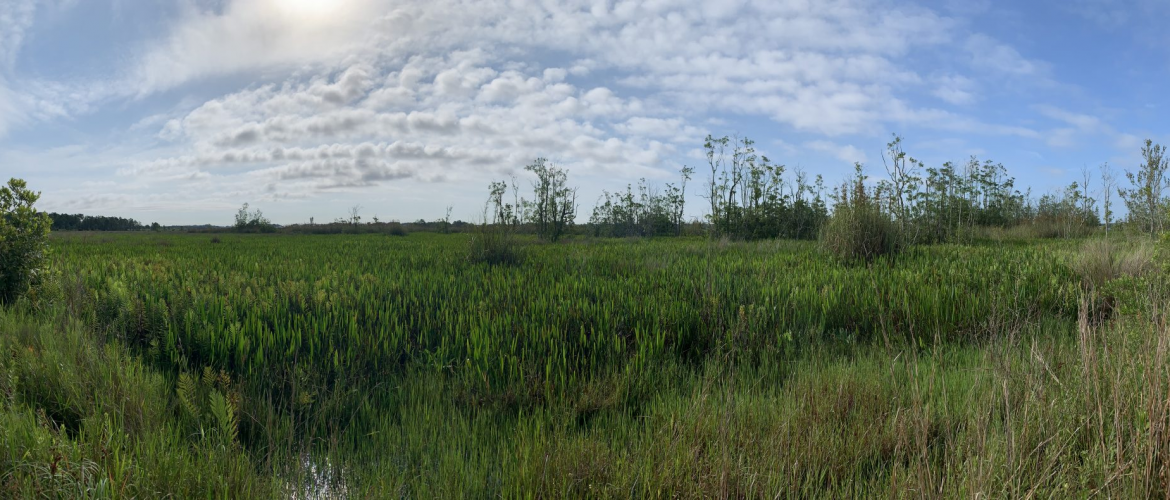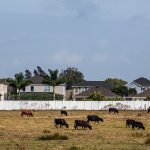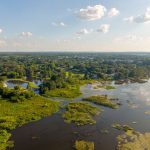Many environmental consultants in Florida and throughout the U.S. are working on fixing broken swamps to create wetland mitigation banks. There are approx. 120 mitigation banks in the state of Florida, which are approved at the State and Federal Level. In the 1950s, landowners ditched and drained their swamps because the USACOE was not aware of wetlands critical importance to our environment. Since then, Mitigation banks were established as restoration projects – where we bring the land back to its natural state on private land without using the taxpayer’s dollar to conserve environmentally sensitive land. It’s a win-win for the landowner and the environment. Instead of developing the land into townhomes, the landowner now has a financial incentive to not develop but to conserve the land forever, the mitigation banker puts a conservation easement on the land and restores the property- restoring the hydrology, removing invasive species, planting native species, prescribed firs etc….
Florida is currently in the process of transferring Section 7 of wetland impact permits (Section 404 of the CWA) to FDEP from the ACOE. Recently, environmental groups have filed suit against the EPA for the new Florida regulations with FDEP managing the Section 404 of the CWA with wetland impacts instead of the ACOE duplicating the permitting process. It is a streamlined system, that reduces 80% of regulation that is already in place with FDEP.
Mitigation Banks are a high-upfront investment and a lot of upfront costs are required to establish a mitigation bank, such as long term financial assurance (Ex. $1 Million) to ensure that the property will be forever maintained in perpetuity; short-term financial assurance (to ensure that the mitigation banker can provide for the construction cost of restoring the land back to its natural state (Ex: $600,000.00), Environmental Permitting (Ex: $500,000.00) and other costs (including the land-and monitoring and maintenance on the property in Perpetuity). Mitigation Bank Credits are competitively priced within the market that they are located within. In my opinion, the higher the cost of mitigation credits- the more of a higher barrier for the environment to be impacted because the cost will impede developers from impacting the wetland, as it is costly to impact our natural resources and also to restore our wetlands. The state and the federal government allow the wetlands to be transferred within the same drainage basin as the mitigation bank if a no-net loss of wetlands occurs with the proposed mitigation and is approved via a permit at the State and Federal Level.
Mitigation Banking provides large-scale tracts of land that are typically surrounded by State-Owned Land that is also under conservation easements. Therefore, Mitigation Banks link the missing corridors which create a large landscape for our wildlife; instead of small postage-stamp-sized mitigation projects.
Impacts are sometimes unavoidable. For these situations, we offer ecological offsets in the form of mitigation credits.
Contact Victoria for more Info!
Victoria K. Bruce
The Mitigation Banking Group, Inc.
P.O. Box 195813
Winter Springs, FL 32708
Office: 407-960-5787
Cell: 407-808-2222
www.mitigationbankinginc.com









